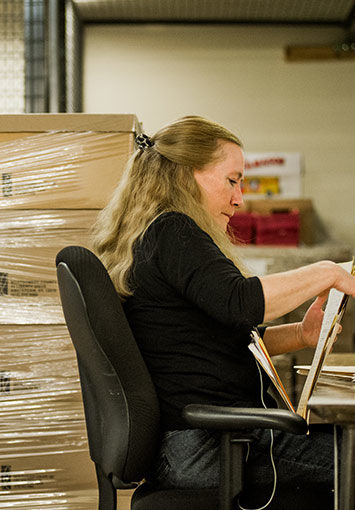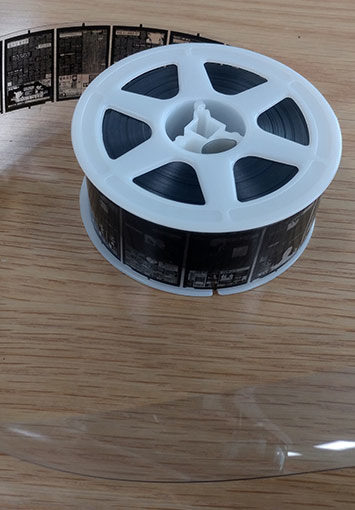Article Category
Document Scanning & Data Capture
Everything you need to know about the benefits of document scanning.
Get tips and tricks to help you better manage your data and rid your organization of antiquated paper processes. Learn about the advantages of going paperless.
In the digital age, more and more industries are turning to technology to streamline their processes and increase operational efficiency, and the legal field is no different. In fact, the American Bar Association has been recommending that law firms go paperless since 2019. Due to the nature of their work, law firms end up dealing
Choosing the right file type for your document scanning project can be an overwhelming decision, especially when you’re not even sure why it matters! But not every file format is created equal, and depending on your project, there is a pretty good chance that one will be better for you in the long run than
Businesses accumulate mountains of paper documents as a part of their day to day operations. From contracts and receipts to employee records and tax documents, this paperwork is an unpleasant but unavoidable part of running a business. More often than not, these documents end up piled high in a back room somewhere or stuffed into
Maintaining clear and accurate records is the foundation of quality patient care. A proper records management plan ensures that clinicians have immediate access to the most relevant, accurate, and up to date patient records, resulting in better patient outcomes. However, organizing your patient’s records in folders and paper files requires a ton of manual labor.
Starting January 1st 2023, any digitized document submitted to the National Archives or the Library of Congress must achieve a minimum 3 star FADGI rating. But what does that even mean?! With this deadline quickly approaching, there has never been a better time to learn about FADGI, NARA’s new requirements, and the implications they may
Converting thousands of paper records into an efficient, easy to use electronic record keeping system is no easy task. In fact, there are a lot of things that can go wrong along the way that can turn this process into a waking nightmare if you don’t know what you’re doing. That’s why businesses typically outsource
A growing number of businesses are ditching their outdated paper record keeping systems in favor of modern electronic records management systems. But why? What motivates a business to undergo such a complicated and time consuming process? If it isn’t broken, don’t fix it… right? Wrong. Paper is an extremely inefficient way of storing information. In
As technology improves and the cost of digital storage plummets, a growing number of organizations are moving away from physical documents entirely, instead choosing to store their vital business data digitally in an electronic records system. And for good reason. Businesses who continue to rely on paper record-keeping suffer from reduced productivity, increased costs, and
What is one thing that every educational institution, from early education to higher learning has in common? The answer: Paperwork, and tons of it! On-boarding new students, hiring staff, and meeting fiduciary responsibilities generates a massive amount of documentation. And to make matters worse, complying with state guidelines and federal privacy laws like FERPA means
Microfilm was once considered to be the gold standard of information storage. At the peak of its popularity, no other storage medium came close to the convenience, affordability, and durability that microfilm was able to provide. For this reason, it has been widely adopted by government agencies, libraries, historical archives, and other institutions that require









